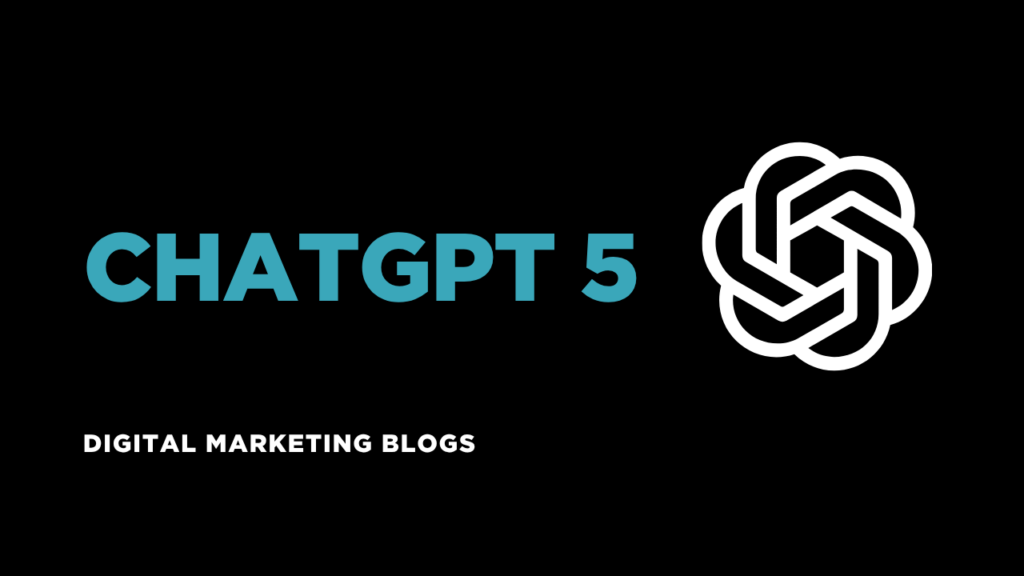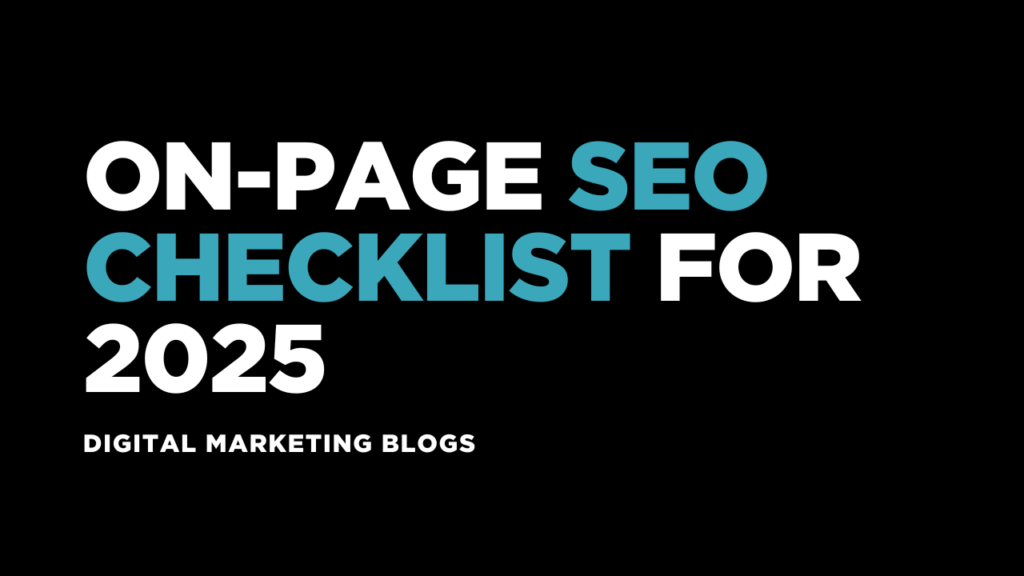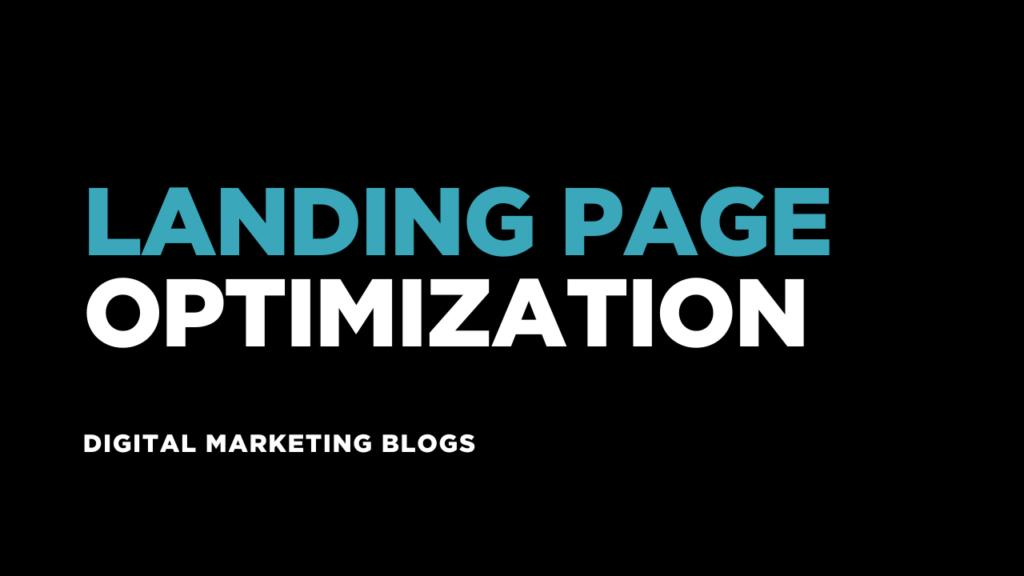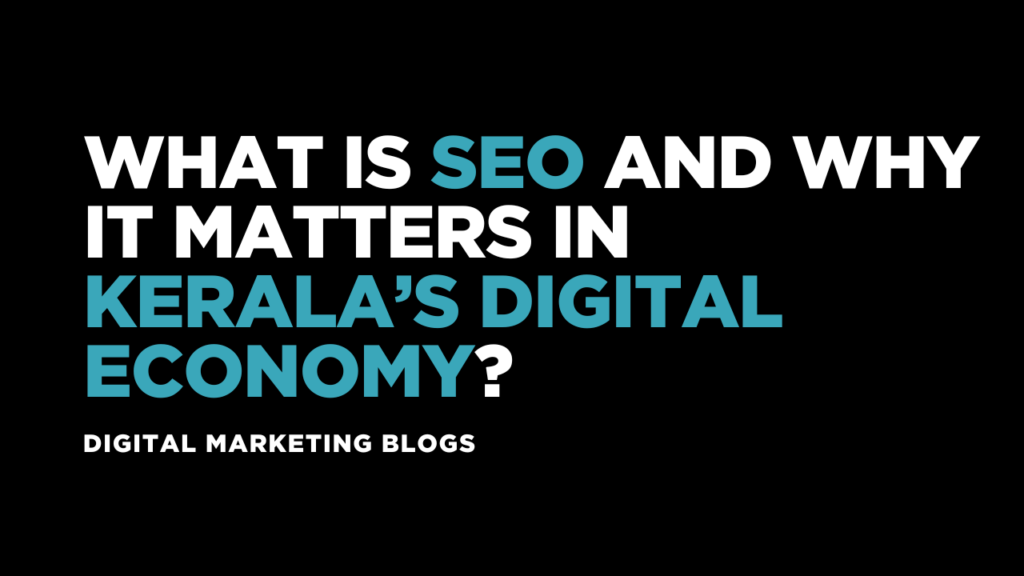Shopify Website Creation: All You Need to Know
Shopify has become one of the most popular platforms for building online stores. Whether you’re starting a small business or scaling an established one, Shopify provides tools that make eCommerce simple, fast, and reliable. In this guide, we’ll walk through everything you need to know about creating a Shopify website. Why Choose Shopify? Before diving into the process, let’s understand why Shopify is so widely trusted: Ease of Use: Even without technical skills, you can launch a store quickly. Scalability: Suitable for both small shops and large enterprises. Secure Payments: Built-in payment gateways ensure safe transactions. App Integrations: Thousands of apps help you customize and enhance your store. 24/7 Support: Reliable customer support for technical or operational issues. Step-by-Step Shopify Website Creation 1. Sign Up for Shopify Visit the Shopify website and sign up for a free trial. This allows you to explore features before committing. 2. Choose Your Store Name Pick a unique name for your store. Shopify checks domain availability to ensure your brand has a strong online presence. 3. Select a Theme Shopify offers free and paid themes. Choose one that aligns with your brand’s identity. You can customize colors, fonts, and layouts. 4. Add Products Upload product images, write descriptions, and set prices. Use clear, high-quality images and SEO-friendly descriptions. 5. Configure Payment Gateways Shopify supports multiple payment methods, including credit cards, PayPal, and Shopify Payments. Configure these to ensure smooth checkout experiences. 6. Set Up Shipping Define shipping zones, rates, and methods. Shopify integrates with shipping carriers to make this easy. 7. Launch Your Store After testing all functions (checkout, product pages, navigation), remove the password protection and go live. Essential Features of a Successful Shopify Website Mobile Responsiveness: Most customers shop via mobile, so ensure your store looks great on all devices. SEO Optimization: Add meta tags, alt texts, and structured content for better visibility in search engines. User-Friendly Navigation: Keep menus and categories simple for easy browsing. Fast Loading Speed: Optimize images and apps to prevent slow loading times. Secure Checkout: SSL certificates and encrypted payments build trust. Common Mistakes to Avoid Ignoring SEO best practices Using low-quality images Overloading your site with too many apps Poor product descriptions Not testing checkout before launch Scaling Your Shopify Store Once your store is live, focus on growth strategies: Email Marketing: Build a subscriber list and send regular updates. Social Media Marketing: Drive traffic from Instagram, Facebook, and TikTok. Paid Ads: Invest in Google Ads or Facebook Ads to increase reach. Analytics: Use Shopify’s built-in analytics to track performance and refine strategies. Why Professional Help Matters While Shopify makes it easy to start, optimizing for long-term success often requires expert guidance. A professional seo expert in Calicut can help you improve visibility, drive traffic, and maximize sales through strategic digital marketing efforts. Final Thoughts Shopify is one of the most beginner-friendly yet powerful eCommerce platforms. With the right setup, branding, and marketing, your online store can stand out and grow consistently. Take the time to optimize your Shopify website, avoid common mistakes, and leverage expert support to achieve your business goals.
Shopify Website Creation: All You Need to Know Read More »










